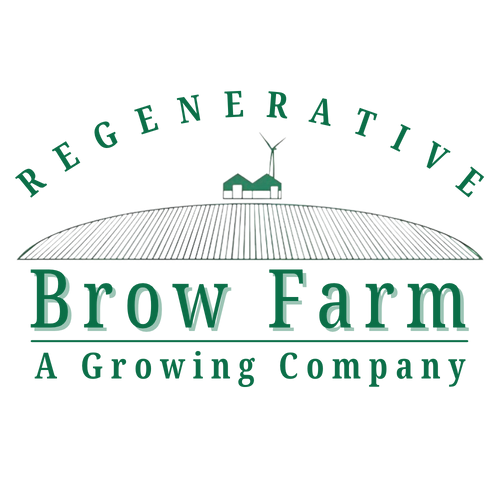Learn more about edible Lupines and sustainable farming practices used to grow Lupines at Brow Farm
| About Edible Lupines | Lupine Field | Lupine Flour | Lupine Recipes |
Exploring the History and Cultivation of Edible Lupines at Brow Farm
At Brow Farm, we take pride in cultivating edible lupines as part of our sustainable farming practices. Our commitment to regenerative agriculture extends to every aspect of our farming methods, from cover crops and reduced tillage to companion planting for beneficial synergies with pollinators and pest control. Join us on a journey through the fascinating history of edible lupines in the UK and learn how we grow them sustainably on our farm.
Introduction to Edible Lupines
Edible lupines have a rich history in agriculture and culinary traditions, offering not only nutritional value but also contributing to sustainable farming practices. Lupines belong to the legume family (Fabaceae) and are known for their nitrogen-fixing capabilities, making them valuable crops for soil health and fertility.
Historical Significance
Lupines have been cultivated for centuries, with historical records tracing their use in various cultures around the world. In the UK, edible lupines gained popularity as a nutritious food source and as a beneficial crop in crop rotation systems. Their ability to improve soil quality by fixing nitrogen naturally made them valuable assets in traditional farming methods.
Lupines In a Regenerative Farming System.
At Brow Farm, we integrate edible lupines into our regenerative farming approach. Our methods focus on enhancing soil health, promoting biodiversity, and reducing environmental impact. Here are some key practices we implement:
•Lupines in Cover Crop Mixes: We use lupines as cover crops during specific crop rotations to improve soil structure, prevent erosion, and suppress weeds organically.
•Growing Lupines with Reduced Tillage: By minimizing tillage, we preserve soil structure and microbial life, promoting long-term soil health and carbon sequestration.
•Companion Planting with lupines: Planting lupines alongside other crops provides mutual benefits such as pest control, improved pollination, and enhanced nutrient uptake.
•Beneficial Habitats when growing Lupines: We create habitats for pollinators and beneficial insects near lupine fields, fostering ecological balance and reducing the need for chemical interventions.
Lupine Cultivation and Harvest
Our lupine cultivation follows sustainable practices from planting to harvest. We prioritize seed quality, proper crop rotation, and natural pest management strategies to ensure healthy lupine crops. Harvested lupines undergo rigorous quality control measures before being processed or offered for sale.
Available Lupine Products
Visit our online store to explore a range of lupine products, including lupine seeds for planting, lupine flour for culinary use, and lupine-based supplements. Whether you’re a home gardener or a commercial farmer, our lupine offerings cater to diverse needs.
Join Our Sustainable Journey of growing Lupines
By choosing Brow Farm’s lupine products, you support sustainable agriculture and contribute to environmental stewardship. Embrace the benefits of regeneratively grown lupines while enjoying nutritious and versatile food options.
Contact Us about Lupines
Have questions or need assistance with lupine cultivation or products? Contact our team at Brow Farm for expert guidance and sustainable farming solutions.
Conclusion: Through centuries-old traditions and modern sustainable practices, edible lupines continue to play a vital role in agriculture and healthy living. At Brow Farm, we invite you to experience the benefits of regeneratively grown lupines and be part of our journey towards a more sustainable future.
